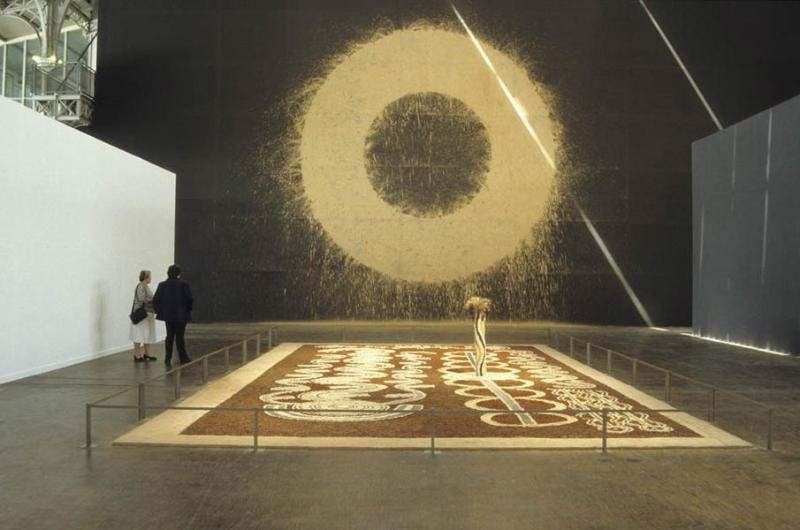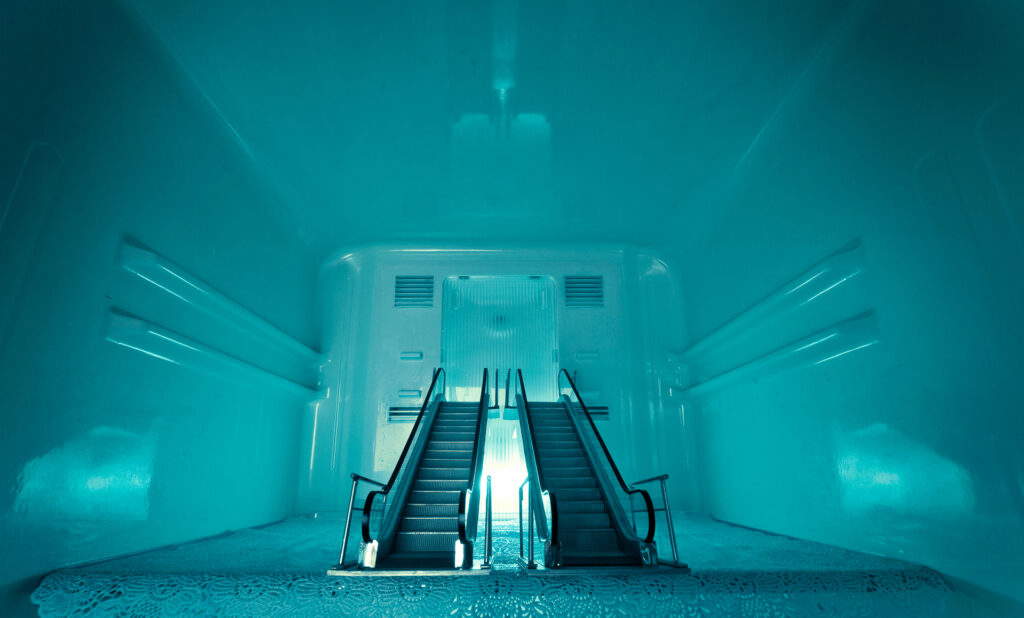It is not only in recent years that art has become more global; it always has been. But many Western museum directors have consciously or unconsciously ignored this fact. At least since the legendary Magiciens de la Terre exhibition in 1989 at the Centre Pompidou in Paris and documenta 11 in 2002, curated by Okwui Enwezor, this fact could no longer be overlooked. Of course, there is as much good and bad art outside the Western Hemisphere as within it. But in recent years we have seen in numerous events and exhibitions that art does not stop at the borders of Europe or North America, and that beyond these there are many fascinating locations and considerable artistic personalities to be discovered, which until then had often been marginalized or simply ignored.
Assuming that this was not on purpose, there seem to be two main reasons for this ignorance: on the one hand, a lack of knowledge of non-Western art (who could claim to know the art of all the countries of the world?) and, on the other hand, very few composite staff, since the staff of most museums are usually white, Western people, often trained only in European art history. This is not meant as an accusation, nor as a denigration, because I myself belong to this species. But in order to make museums more inclusive in the future, both in terms of exhibition policy and acquisition, and thus collection expansion, something would have to change. For example, non-Western curators and scholars can be found and hired (on a project-by-project basis) through institutional exchange programs or international calls for proposals. Through digital channels, one can (admittedly sub-optimally) inform oneself about the art of marginalized positions even in times of pandemic without having to travel halfway around the world. At Kunstmuseum Wolfsburg we are currently working on a global exhibition on art and feminism for 2022, and we are drawing on an international network of artists, curators, and scholars to be able to reflect as much diversity as possible in the exhibition and accompanying publication. This all works very well and I am confident that eventually one or the other artwork can be acquired for our collection.
 |
| The Magiciens de la terre exhibition at the Centre Pompidou in 1989. Photo by Béatrice Hatala |
 |
| Prajakta Potnis, Capsule I (2012; digital print on fabric, aluminum light box and light source, 183 x 304 x 12 cm; Wolfsburg, Kunstmuseum) |
For an inclusive acquisition practice, it seems to make sense to include more non-Western, marginalized, or outsider positions in exhibition programs in order to shift the focus away from exhibiting and collecting works by “old white men” from Europe or the United States. The fact that women artists have been increasingly exhibited in major museums in recent years is a start, but it is still a long way from equal rights or equality, both in exhibition practice and in the art market. Not to mention non-Western positions, which have been largely excluded so far. An aesthetic as well as an academic examination is therefore a first basic prerequisite for a changed exhibition practice in order to subsequently develop evaluation criteria for acquisitions.
The time has come to at least question the Eurocentric monopoly on aesthetics or, better yet, to break it. In the medium term, it is my goal that this intention in favor of greater diversity will also be reflected in a collection such as that of our museum. We have already begun to develop the collection more inclusively, that is, more diverse, and we were able to include works by artists from India, Ghana, and South Africa last year and this year. The temporal starting point of the Kunstmuseum Wolfsburg’s collection is anchored in the internationally significant year of 1968, a time of upheaval but also of new beginnings; in this sense, it is also a task and an obligation in the future to continue to develop the collection “planetarily” and inclusively in the direction of the future and to consider more and more non-Western women artists and positions in exhibitions and acquisitions. Only in this way can the claim of a globally active museum of the 21st century be justified.
This contribution was originally published in No. 10 of our print magazine Finestre Sull’Arte on paper. Click here to subscribe.
Warning: the translation into English of the original Italian article was created using automatic tools. We undertake to review all articles, but we do not guarantee the total absence of inaccuracies in the translation due to the program. You can find the original by clicking on the ITA button. If you find any mistake,please contact us.